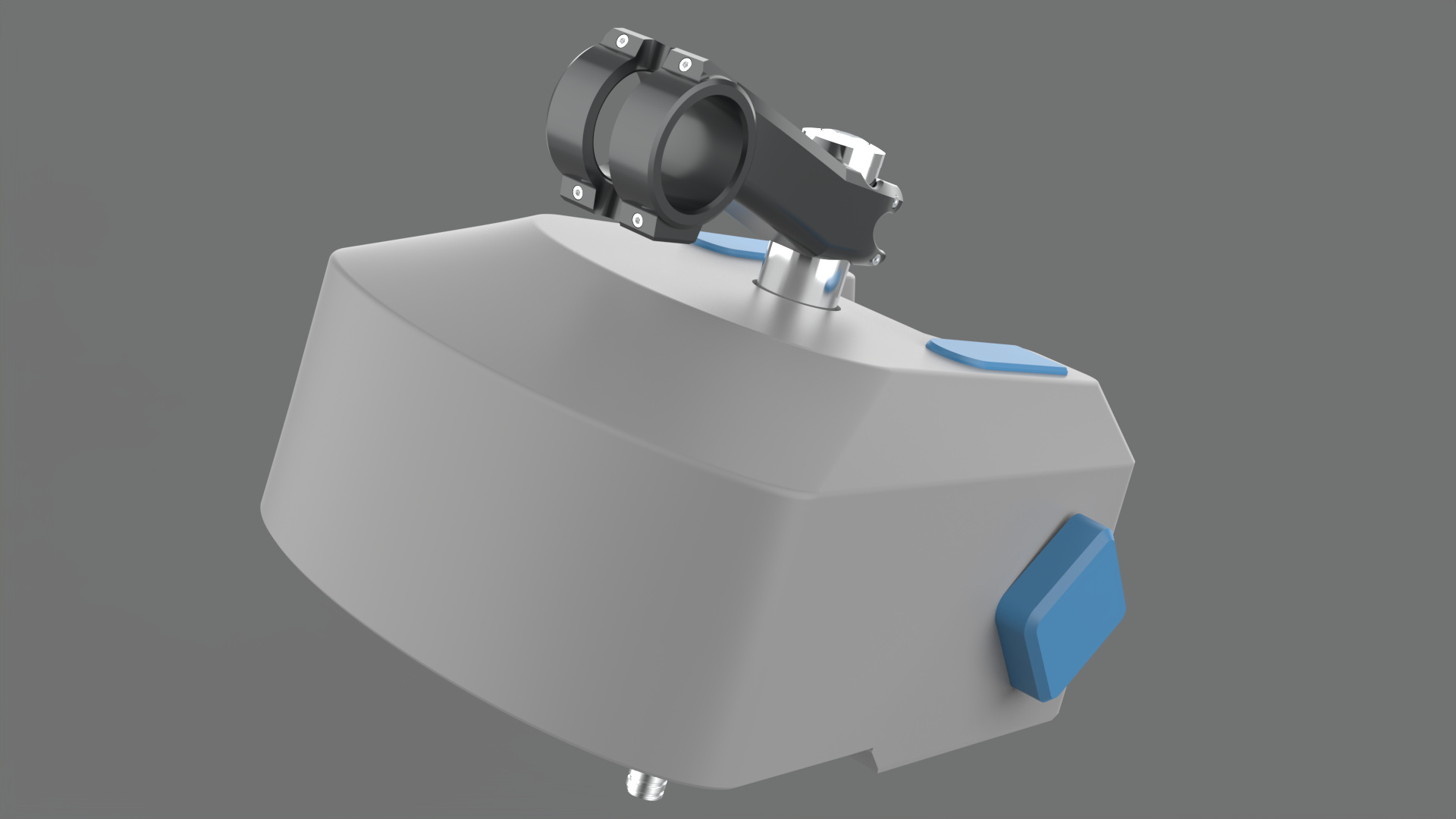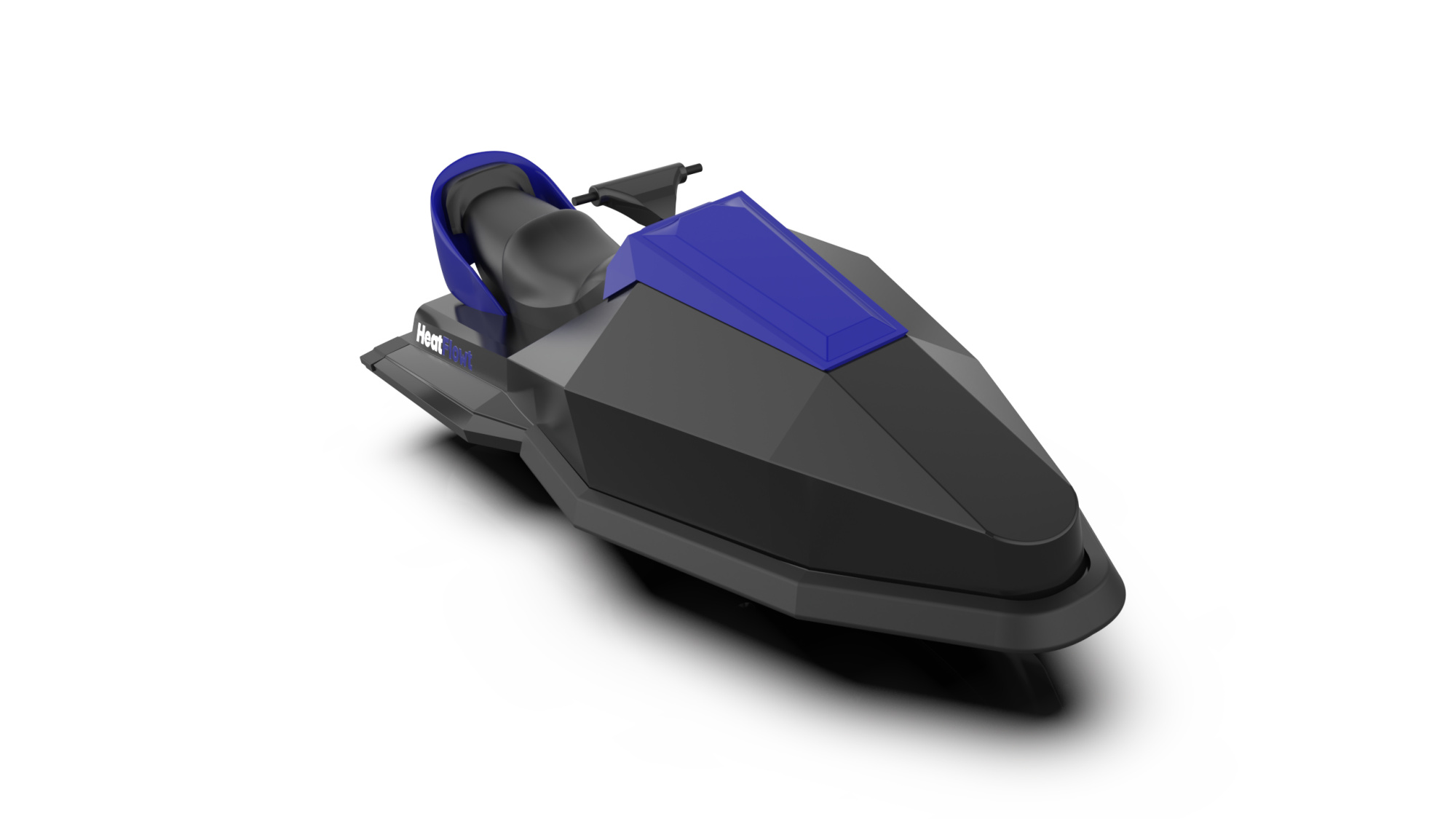I’m a Product Design Engineering undergraduate skilled in design, simulation and prototyping. I combine creative product development with strong mechanical, coding and electronics knowledge to integrate systems effectively and take products from concept to manufacture to industry standards.
Menaker Pererea

BalanceMate
The project focused on developing an adaptive self-balancing system to help new riders, older adults, and individuals with disabilities maintain stability while cycling. By processing tilt data from an accelerometer and gyroscope along with speed data from a hall sensor, the system calculates the optimal steering angle for the front wheel. This enhances rider confidence, safety, and accessibility, making cycling more enjoyable and inclusive.

End Effector
An end effector was designed for a KUKA robot to ice donuts with various designs, enabling fast and accurate production without failures over repeated operations.

HeatFlowt
A Jet Ski was redesigned to integrate new patented MicroHeat technology, aiming to optimize battery lifespan by maintaining optimal operating temperatures through advanced thermal management